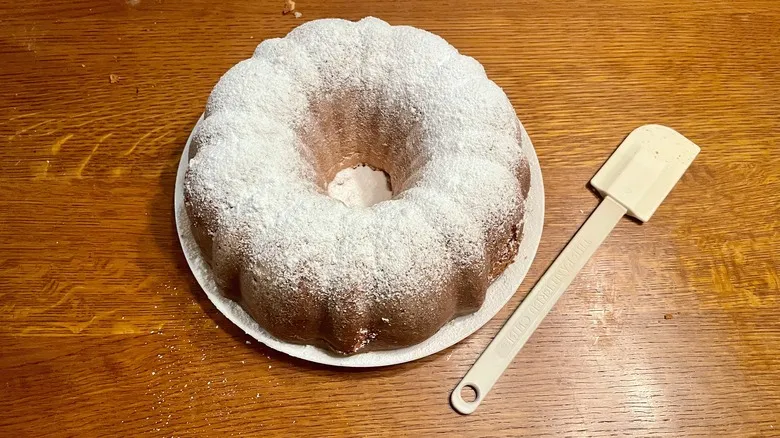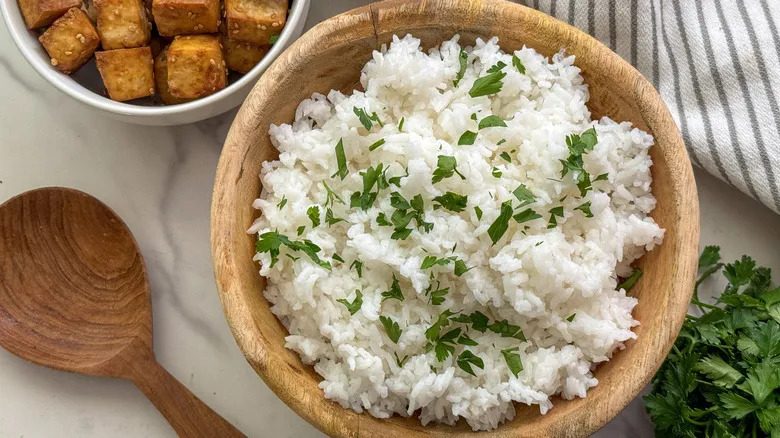Tools you will need
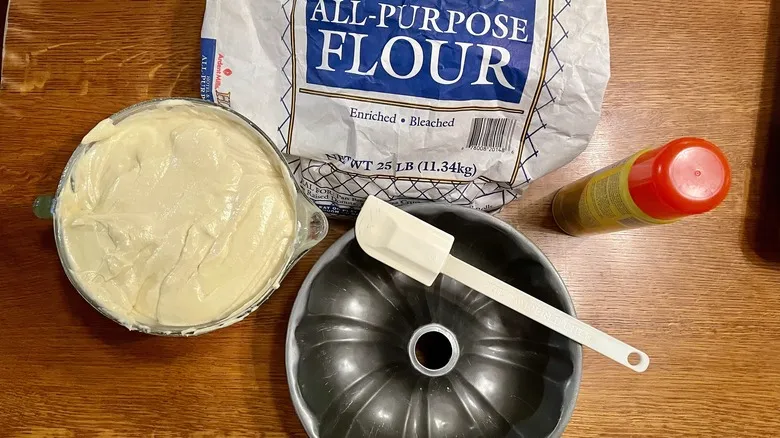
The first and perhaps most crucial element you'll require is a reliable recipe. Bundt cakes are specifically designed for thick, dense textures. Their hollow shape ensures even cooking, preventing the edges from burning or drying out. You might have noticed that bundt cakes often take longer to bake than single-layer cakes, which is due to their thickness. Be sure to choose a recipe specifically tailored for bundt cakes.
Next, invest in a quality pan. While a non-stick coating isn't absolutely necessary, it can make it easier to release the cake. Starting with a simple design, like the classic bundt shape, is recommended. More intricate designs can complicate the process of removing the cake in one piece, so save those for after you've gained some experience.
You'll also need a form of grease; spray oil is the most convenient option. However, you can also use a bottle of oil or melted butter. Additionally, you'll need a powdered coating, with flour being the most common choice. Depending on your recipe, alternatives like cocoa powder, almond flour, or even powdered sugar may be suitable. Lastly, don't forget a cooling rack and a small silicone spatula.
Prepare your batter
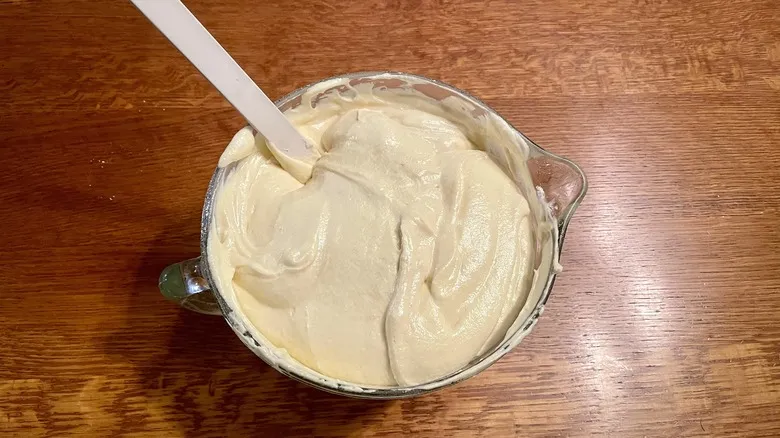
Start by preparing your batter. Unlike typical recipes, the initial step in making a bundt cake is to mix your batter before greasing the pan. It's important to have your batter ready to pour as soon as the pan is coated. If the oil sits too long, it can bead up and run down the sides, collecting at the bottom. This not only leaves an unattractive oily patch on top but also results in insufficient oil on the sides, which can lead to sticking.
Grease your pan

Prepare your bundt pan by greasing it thoroughly. It's essential to cover every inch of the interior with a generous layer. The simplest method is to use cooking spray, but you can also opt for regular oil, melted butter, or melted shortening. To ensure that every corner and crevice is well-coated, use a pastry brush to apply the oil inside the pan.
Flour your pan
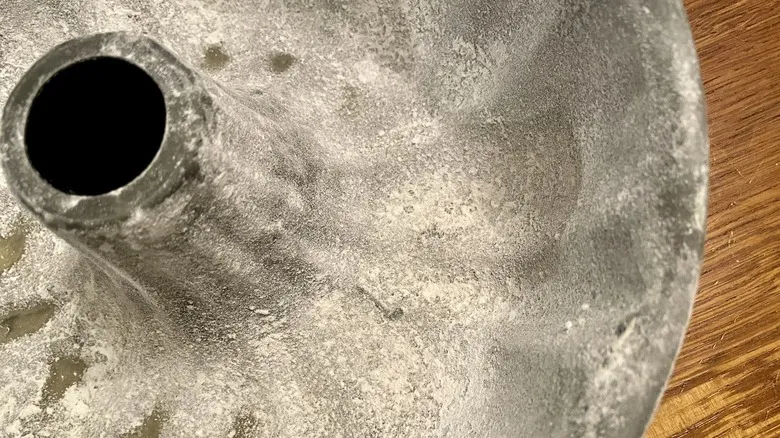
Next, dust your pan with flour. A small amount is sufficient, but don’t be stingy. Begin by adding a few tablespoons of flour to the bottom of the pan. Tilt it to the side and rotate it gently, tapping as you go to ensure even coverage. Don’t forget to coat the inner wall that forms the tube as well.
For chocolate cakes, you can substitute cocoa powder for flour. If you're in a bind, almond flour or powdered sugar can work too, but keep in mind that powdered sugar may create a crunchy crust and has a higher chance of burning.
Prepare and bake cake
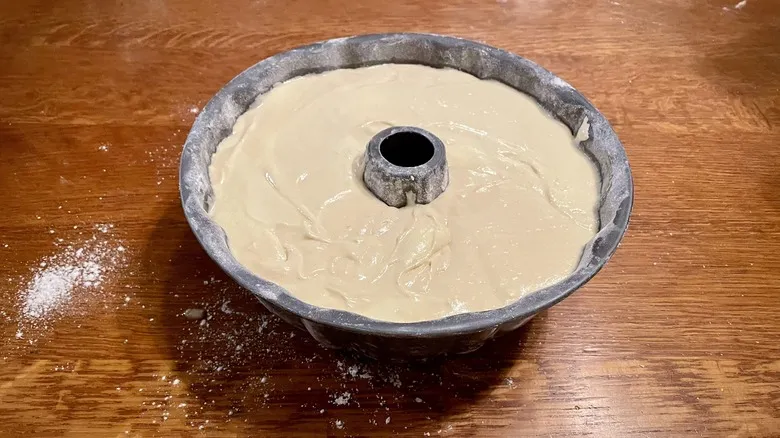
Pour your batter into the pan and bake your cake. Follow the recipe instructions for baking time. Make sure the cake is completely cooked before taking it out of the oven, as an underbaked cake may lack the necessary structure and could fall apart when you remove it from the pan.
Let cake cool
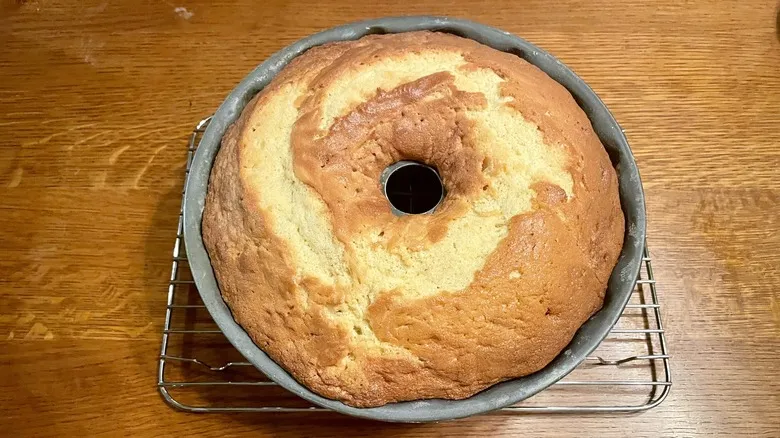
Remove the cake from the oven. You might be tempted to take it out right away, but it's best to hold off. Exercise some patience. Set your cake on a cooling rack and let it cool for at least five to ten minutes. As it cools, it will gradually separate from the edges.
Separate sides and pan
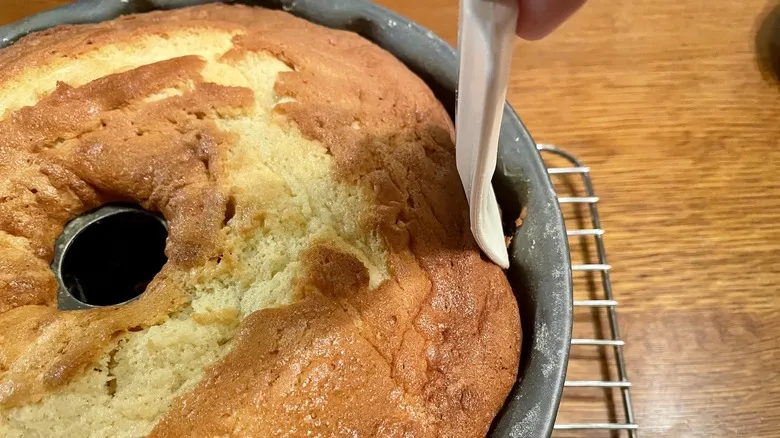
Use a small silicone spatula to carefully loosen the edges and center of your cake from the pan. Avoid using a knife or any sharp objects, as they may damage the cake and scratch the pan.
Flip the bundt
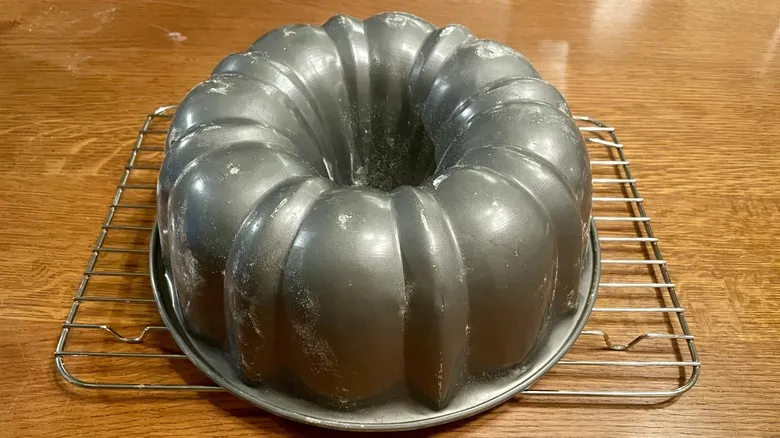
Turn the cake upside down onto a cooling rack. It might not come out right away. If it doesn’t release immediately, allow it to rest for a few minutes to let gravity assist. After that, attempt to remove the bundt cake once more.
Steam the bundt
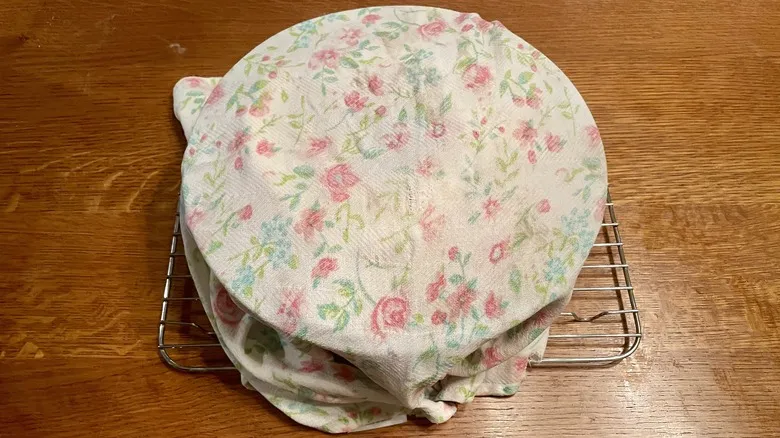
If the cake remains stuck, dampen a kitchen towel with hot water. Ensure it is evenly moist but not saturated or dripping. Place the towel over the top of the bundt cake and let it sit until the towel has cooled completely. Afterward, take off the towel and carefully flip the bundt cake onto the cooling rack once more.
Storing bundt cakes
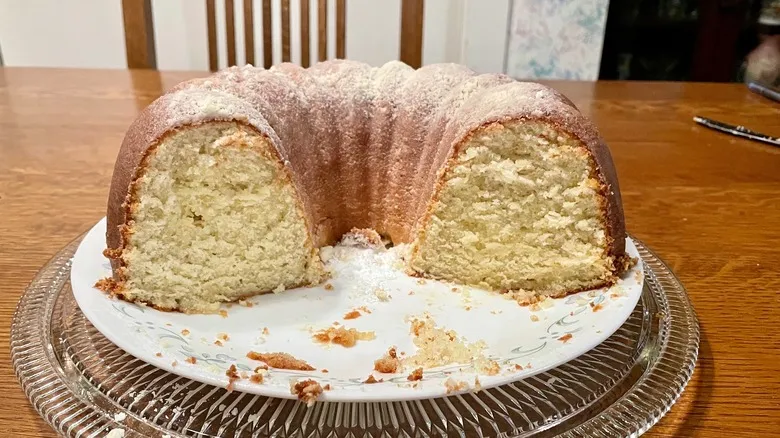
After the bundt has cooled completely, it's ready for storage. Keep the bundt in an airtight container on the counter for up to five days. Alternatively, you can store it in the refrigerator in an airtight container for a longer shelf life. If you’d like to preserve the cake for several months, slice the bundt into individual portions, wrap each piece securely in plastic wrap or aluminum foil, place them in a Ziploc bag, and store them in the freezer. When you're ready to enjoy it, simply take it out and allow it to reach room temperature before serving.
Bundt recipes that make delightful desserts
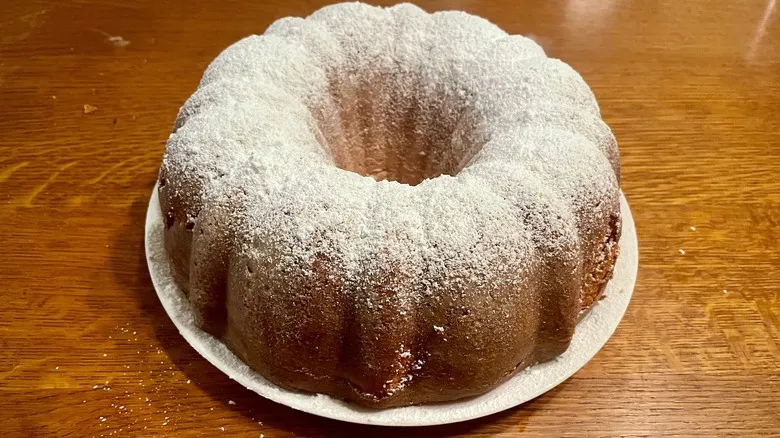
The wonderful aspect of bundt cakes is that, although they are quite easy to prepare, the flavor combinations are limitless. A classic butter bundt cake serves as an excellent starting point. However, if you're feeling adventurous, you can experiment with flavors like apple cider donut or Kentucky Bourbon butter cake.
Recommended
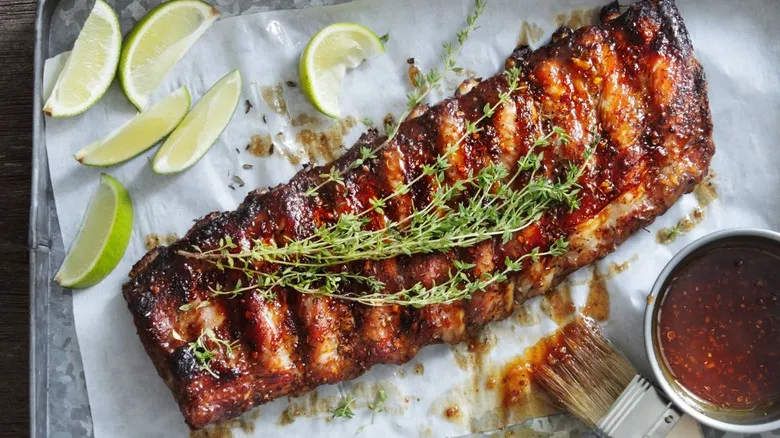
Why Patience Is A Virtue When Marinating Pork
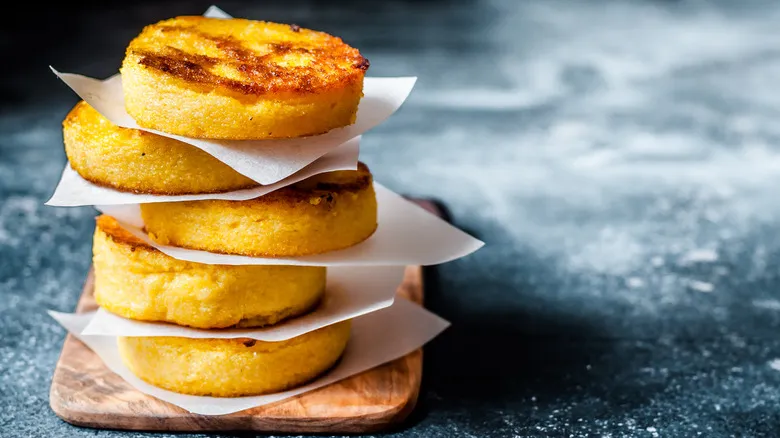
Upgrade Polenta With An Easy Grilled Cheese Twist
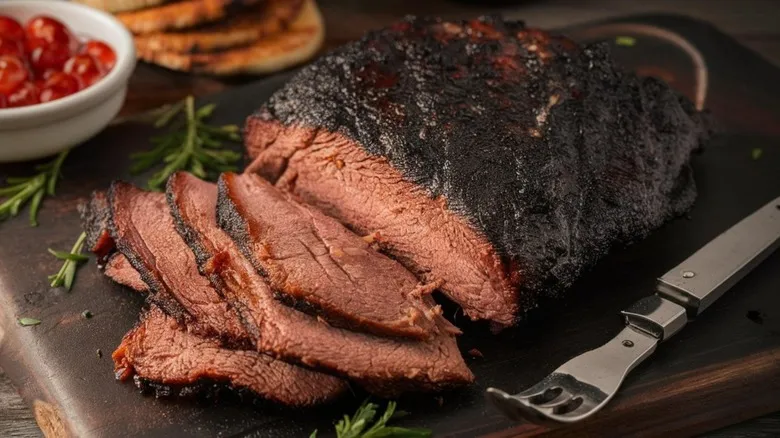
The Best Wood For Smoking Brisket According To A Pro
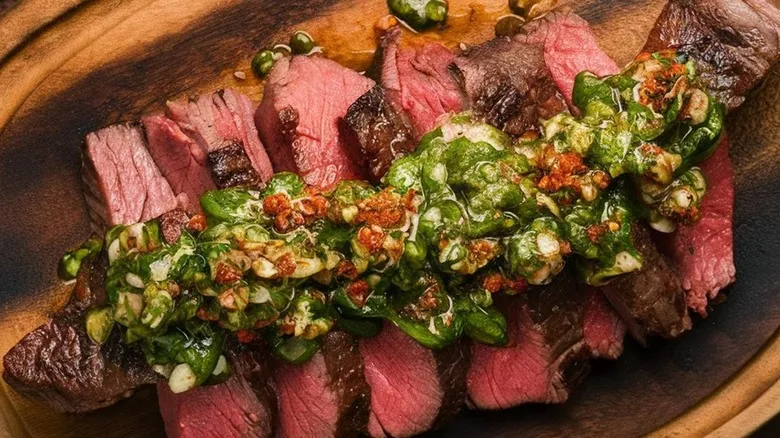
The Right Way To Cut Beef Skirt To Avoid Tough, Chewy Textures
Next up

